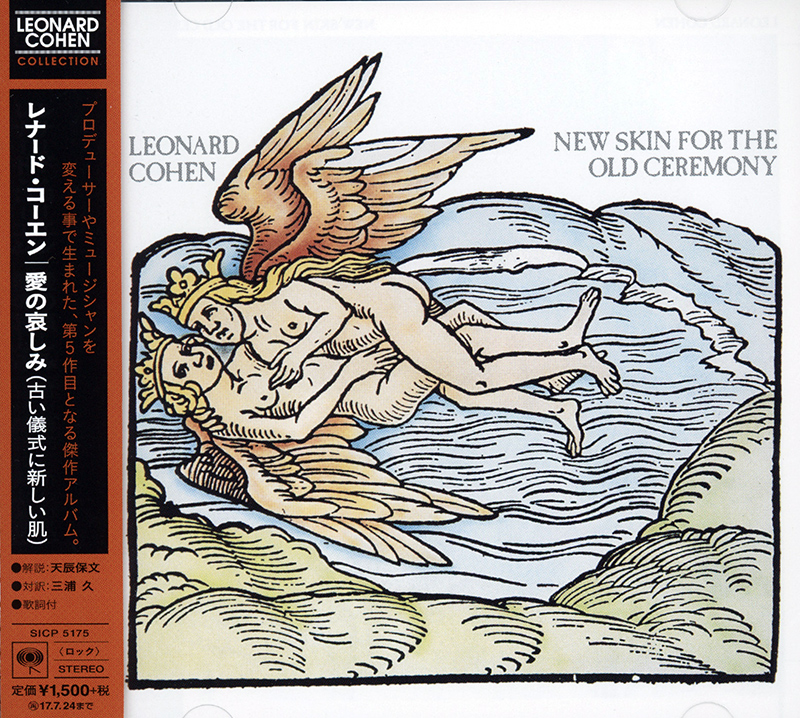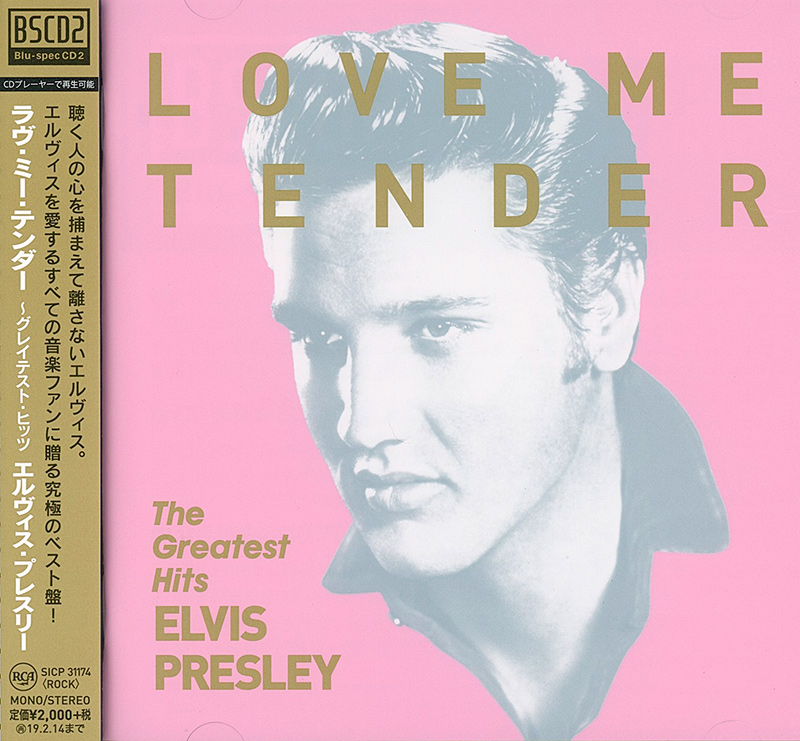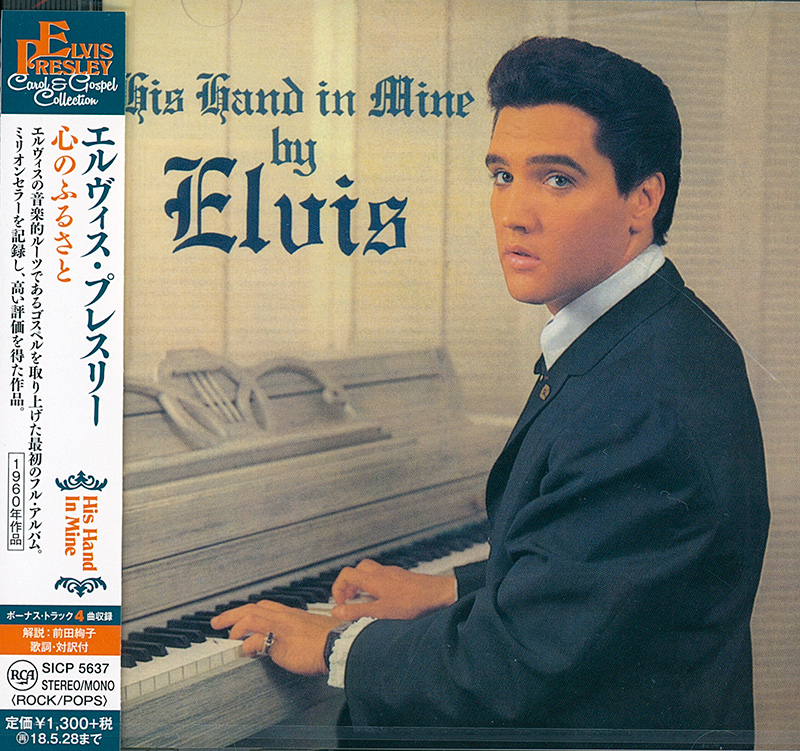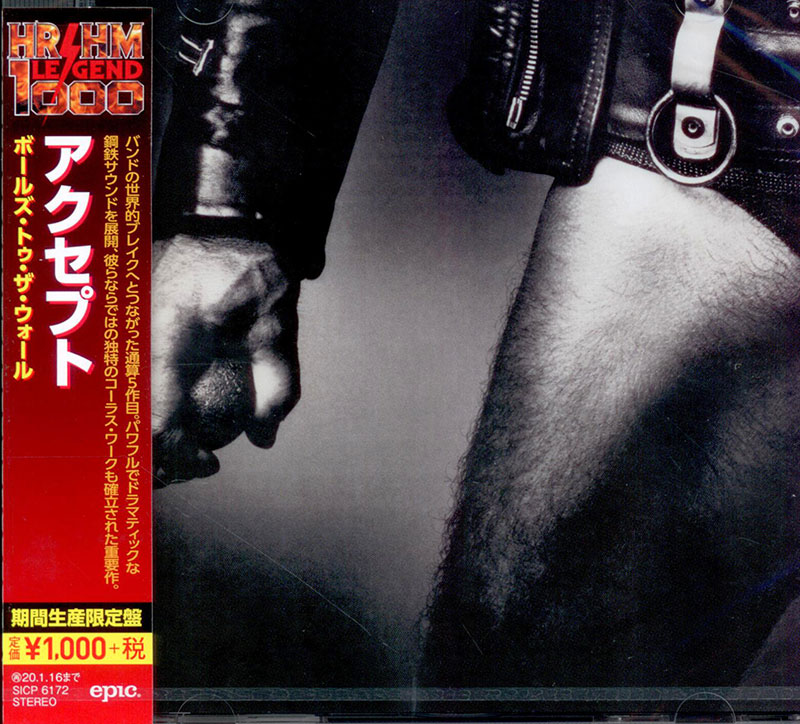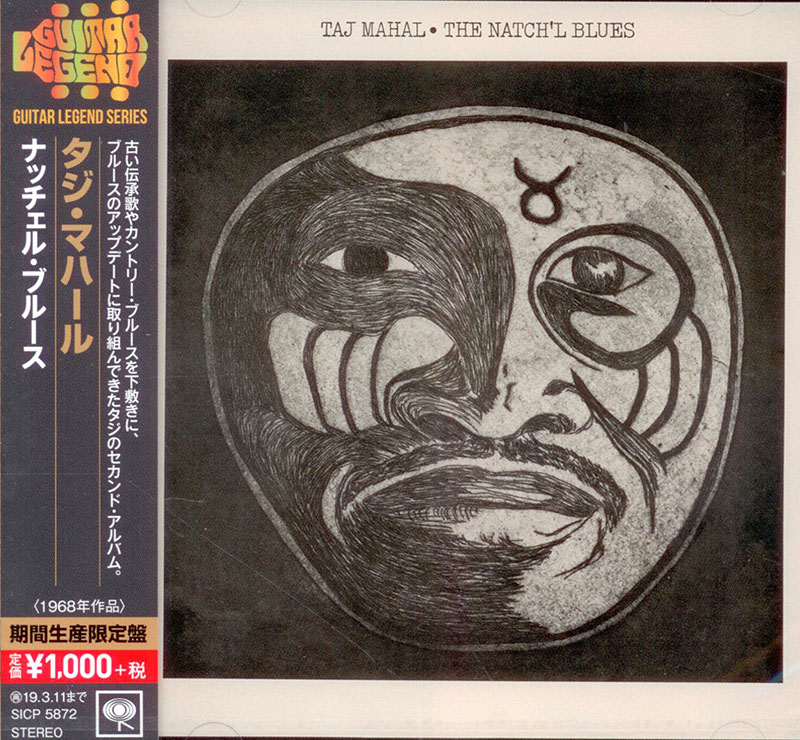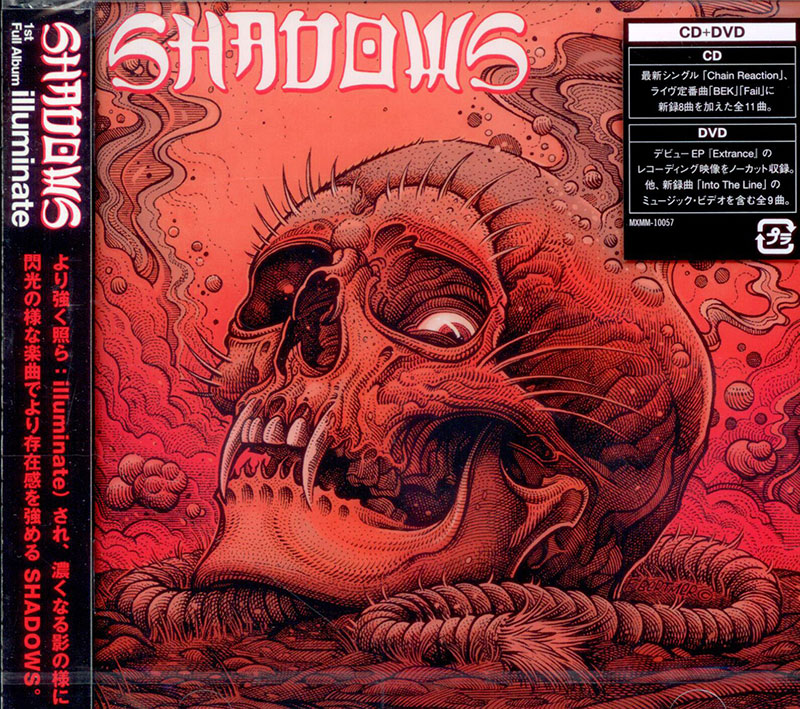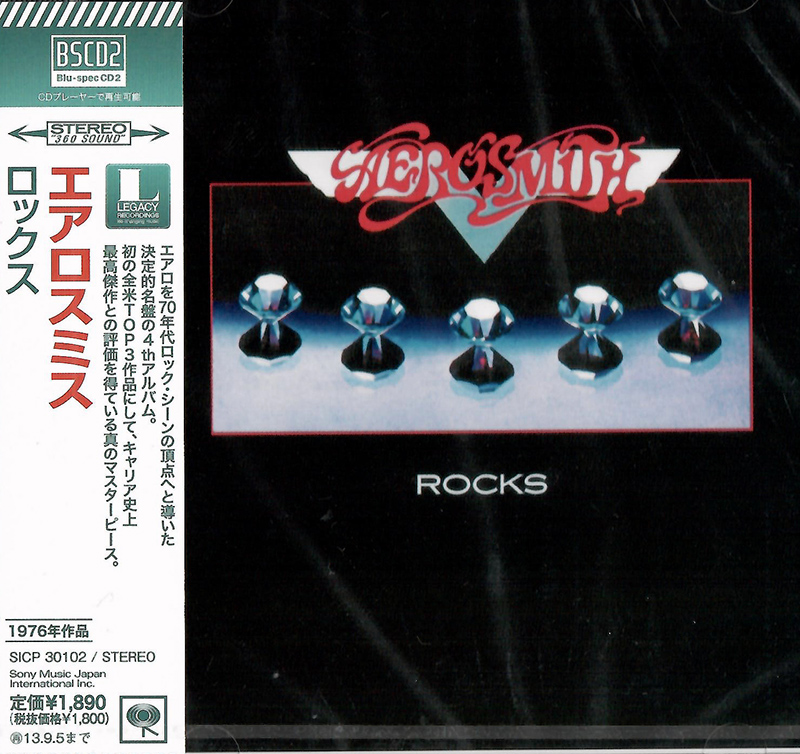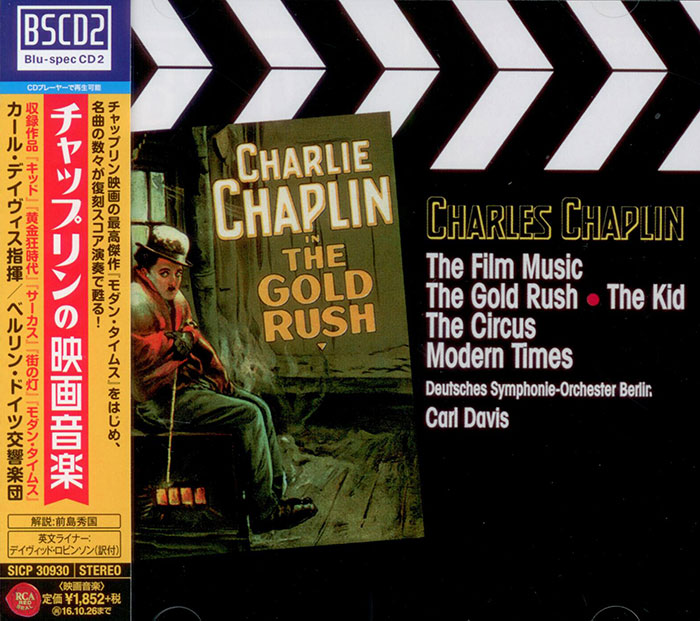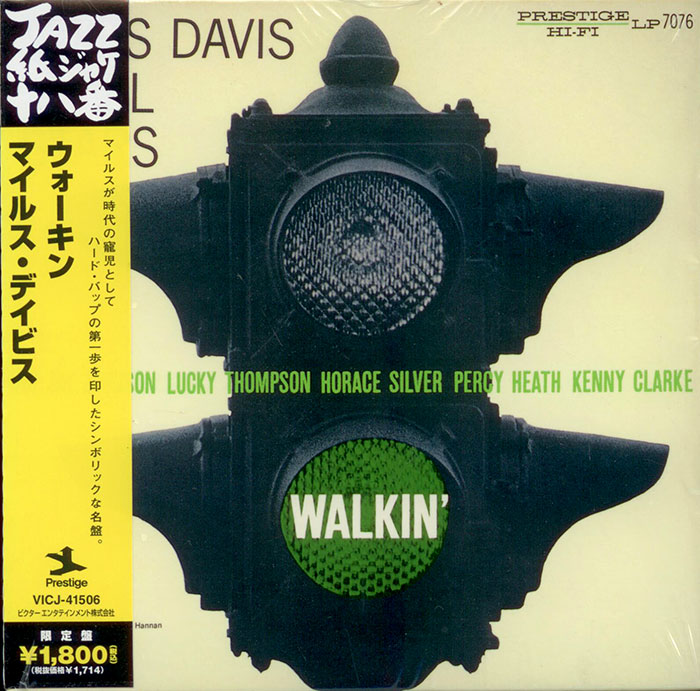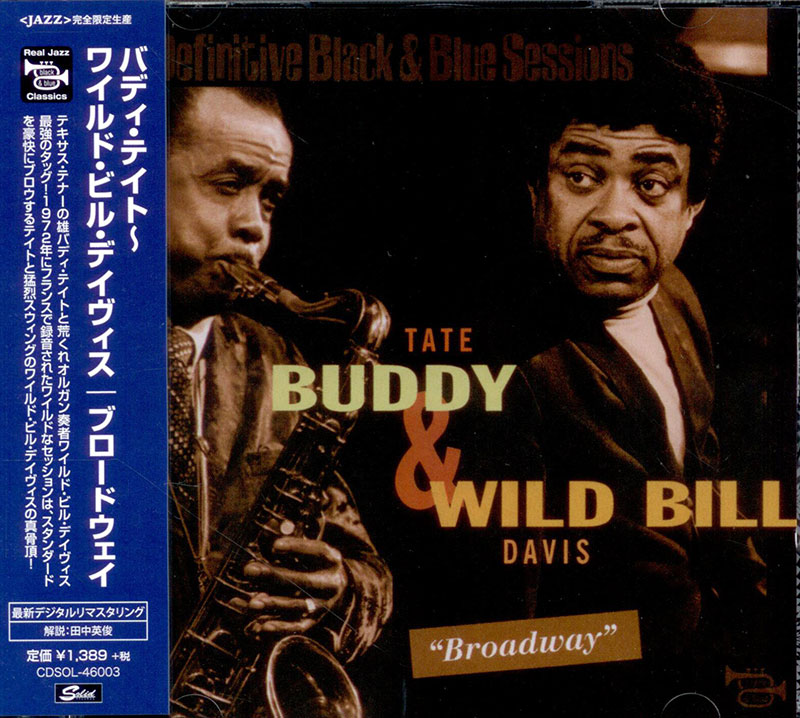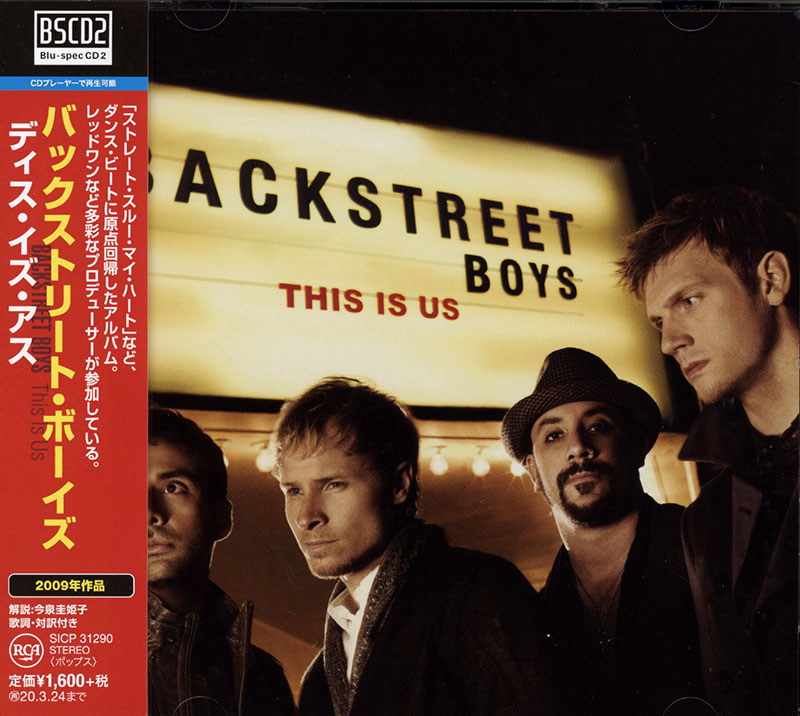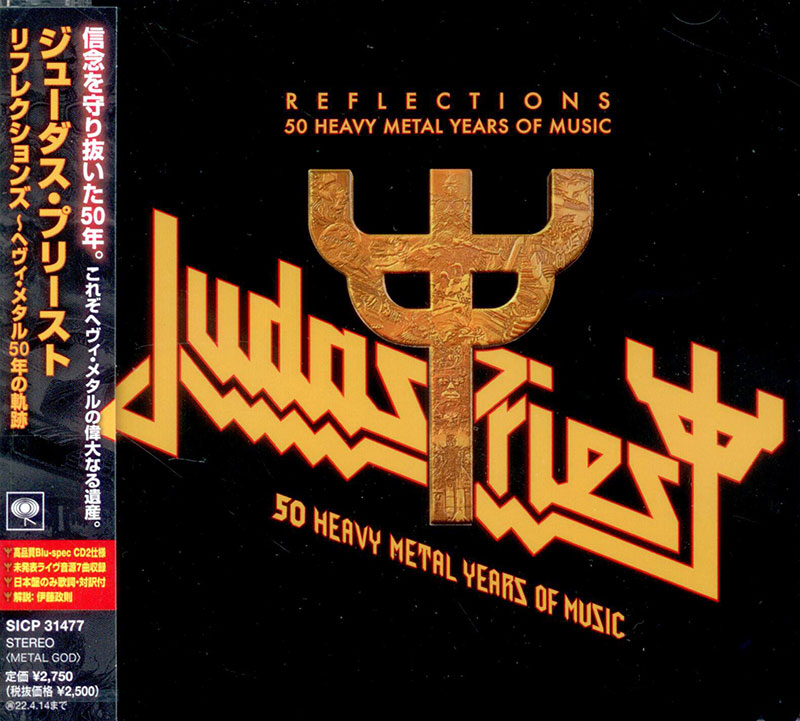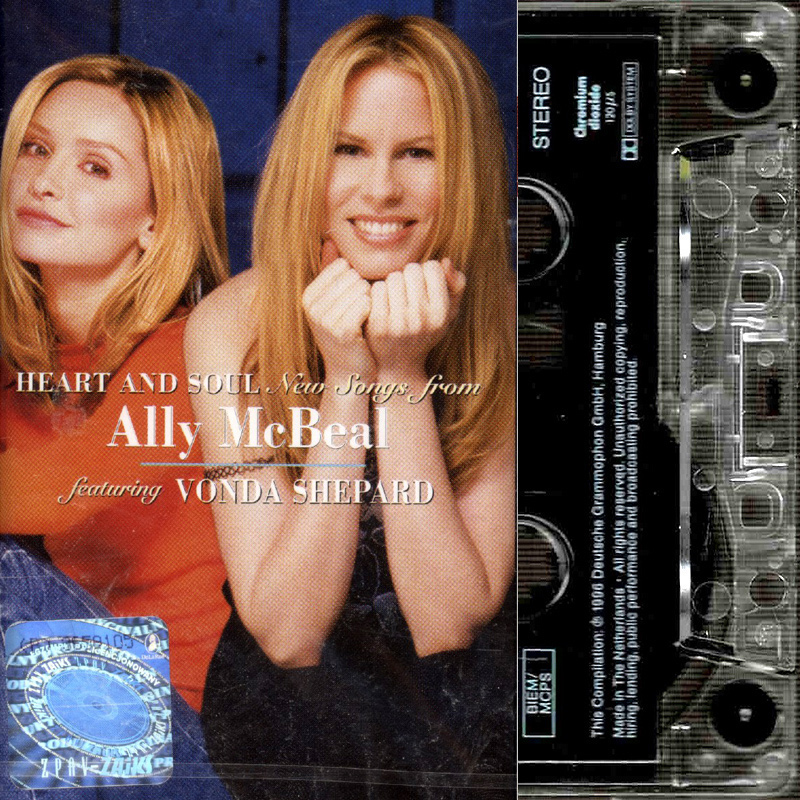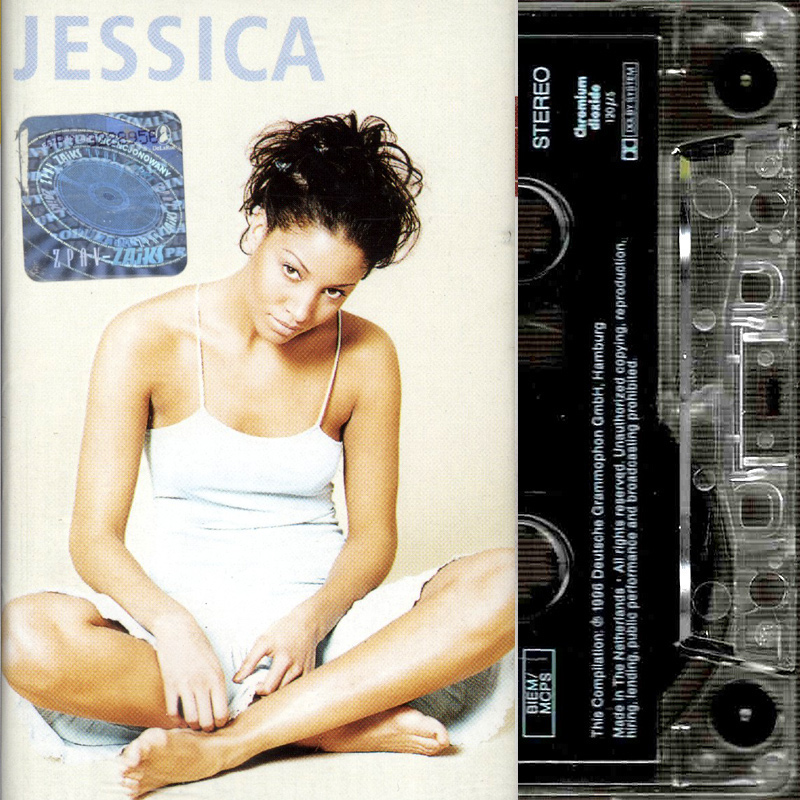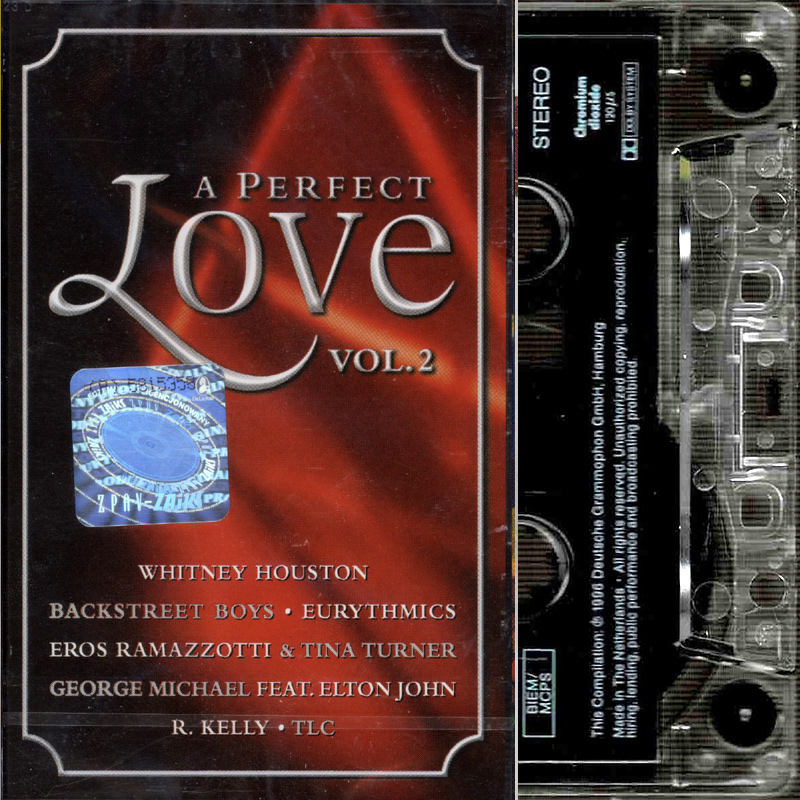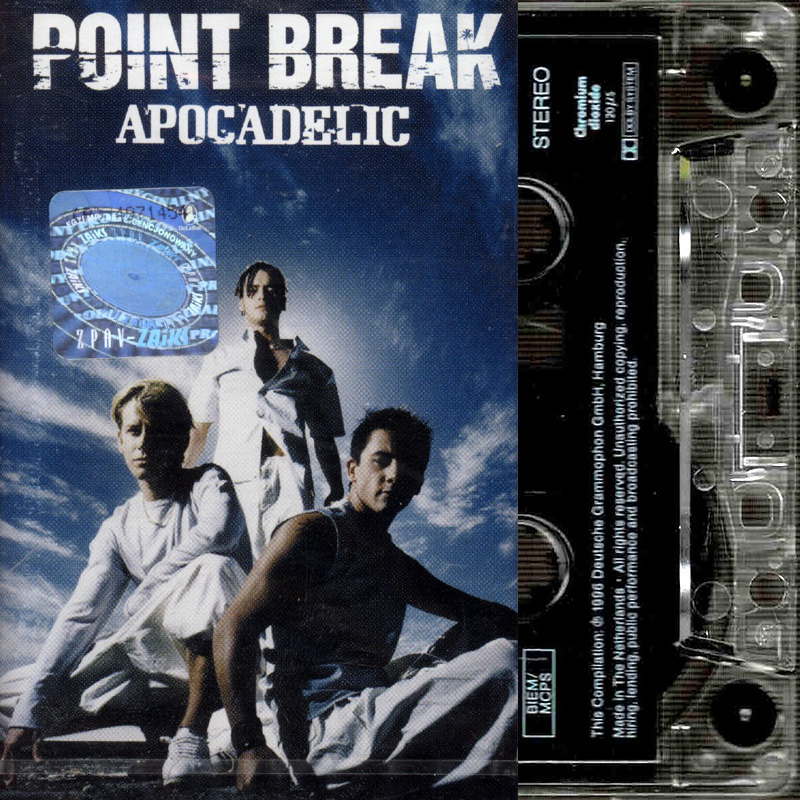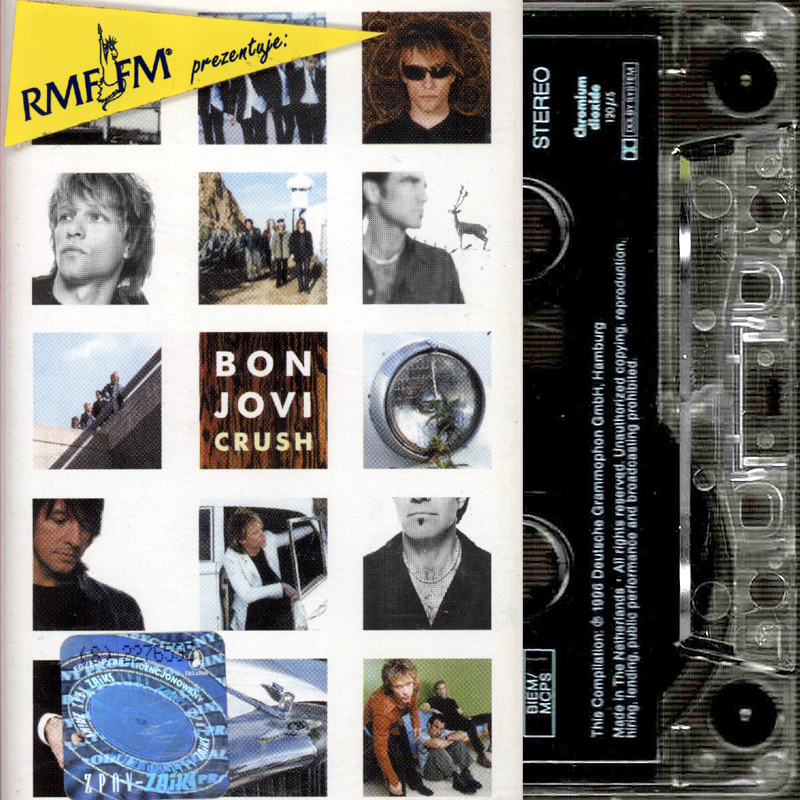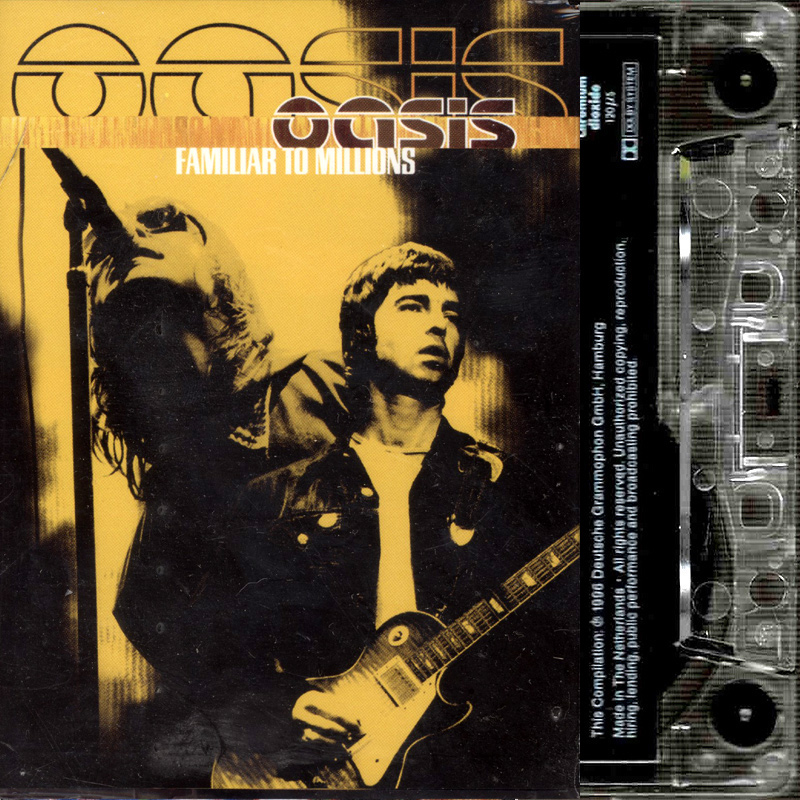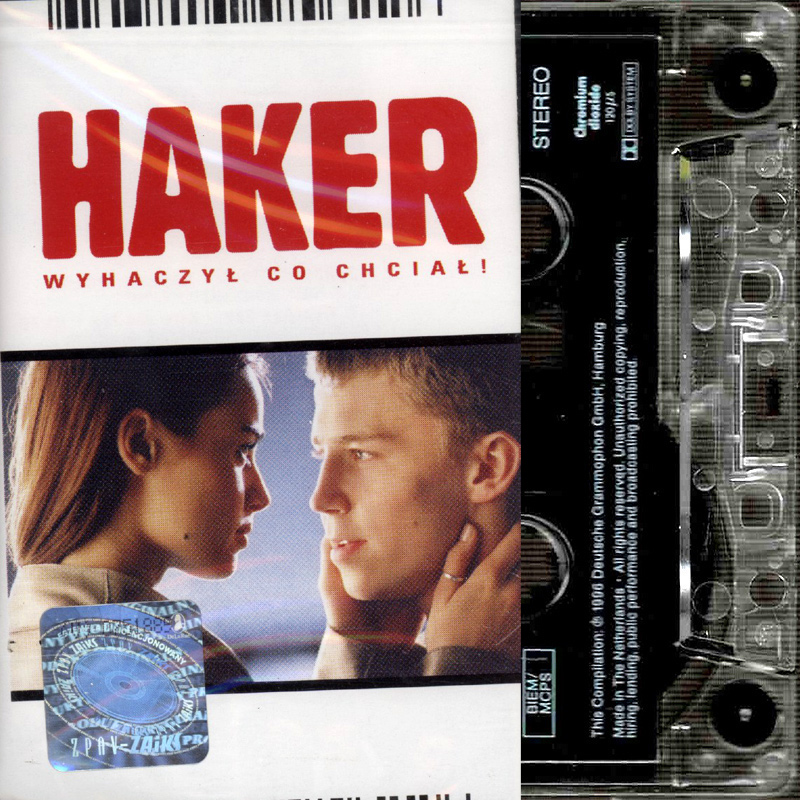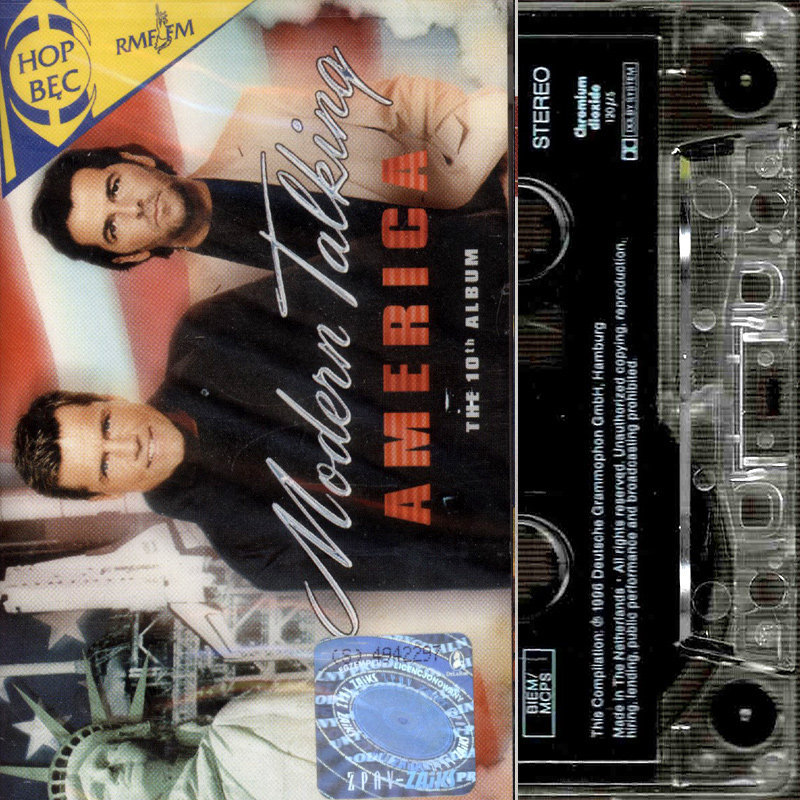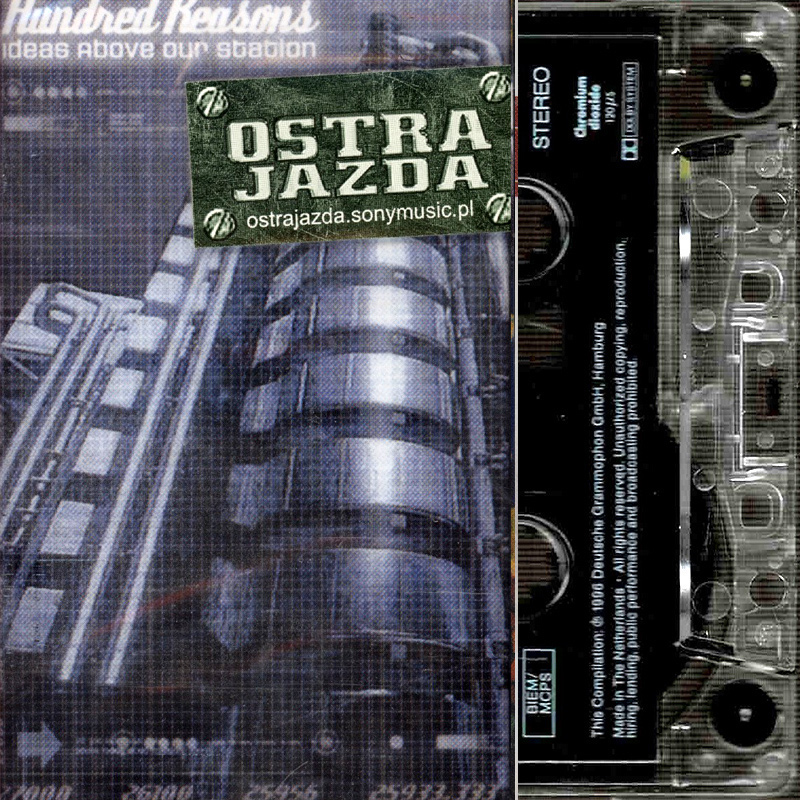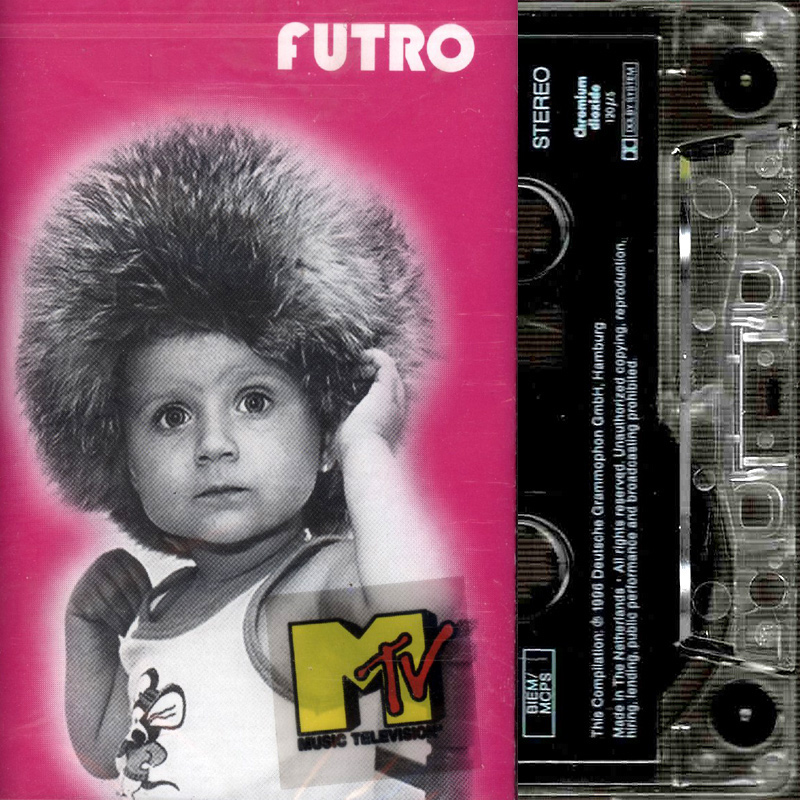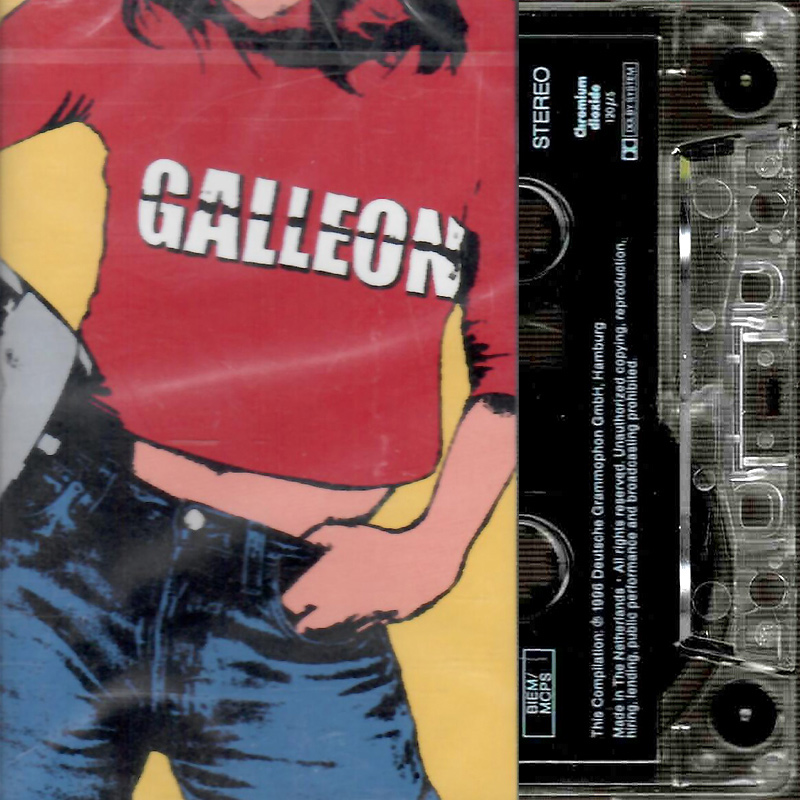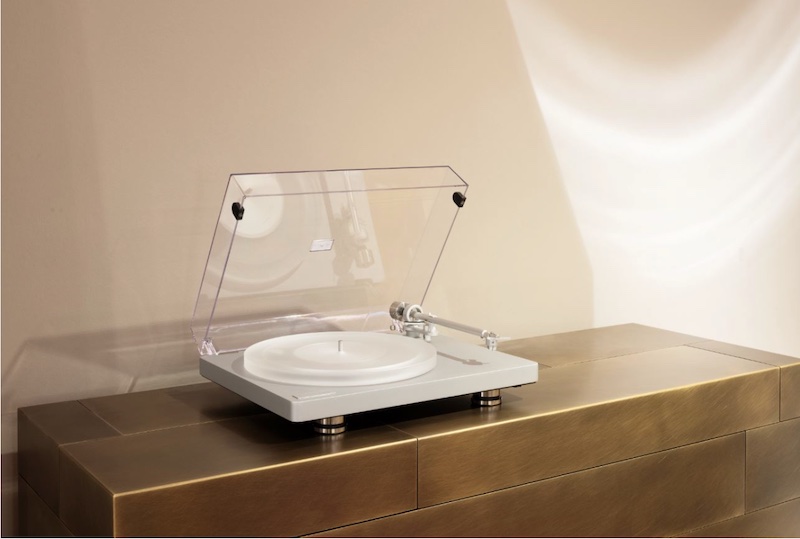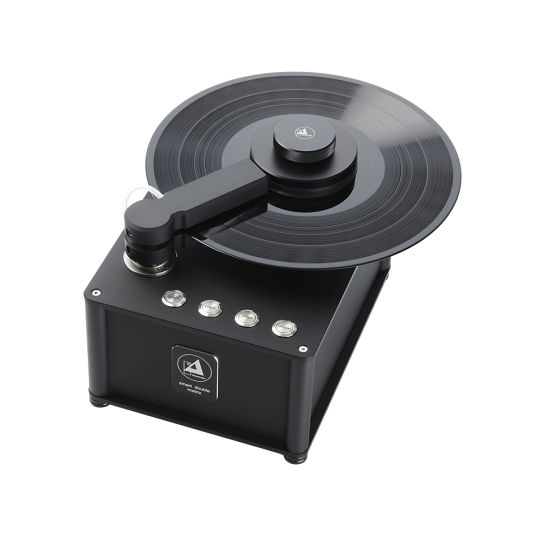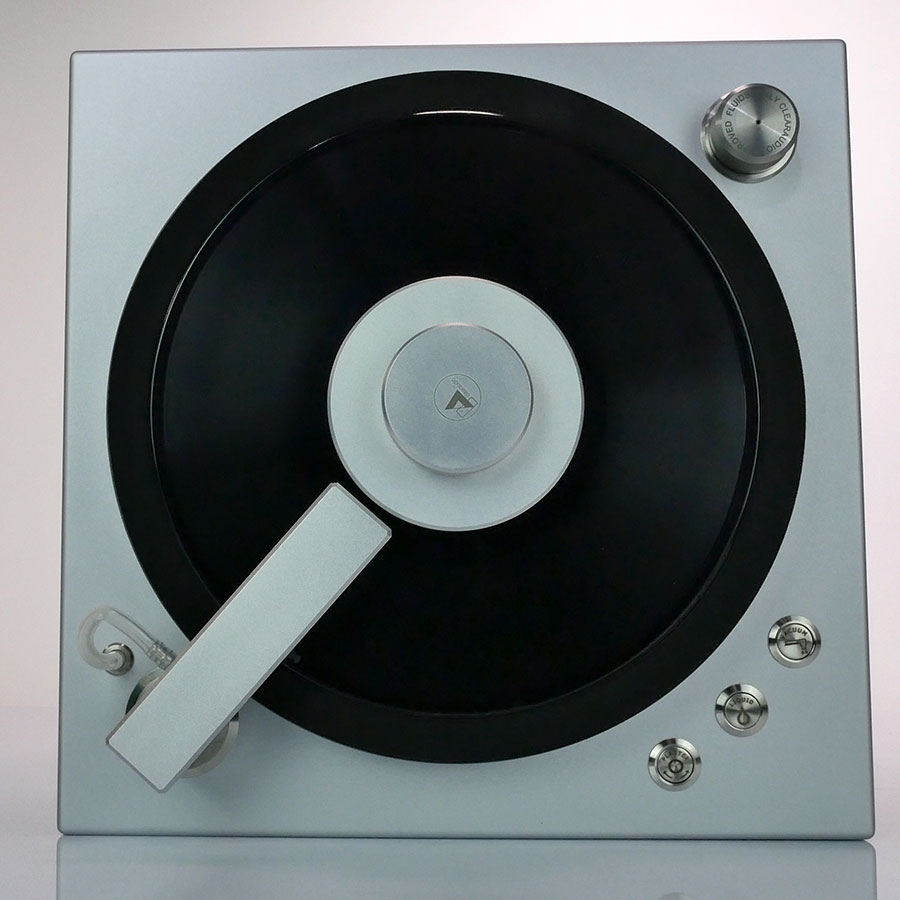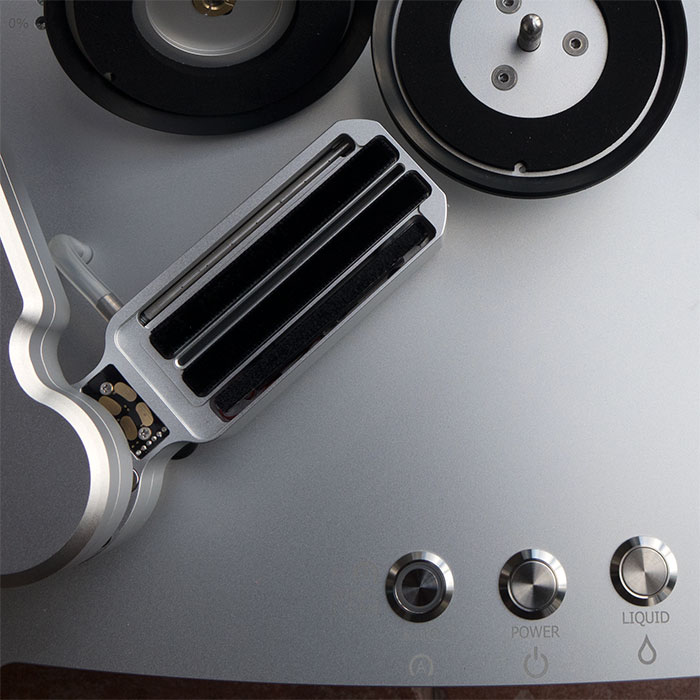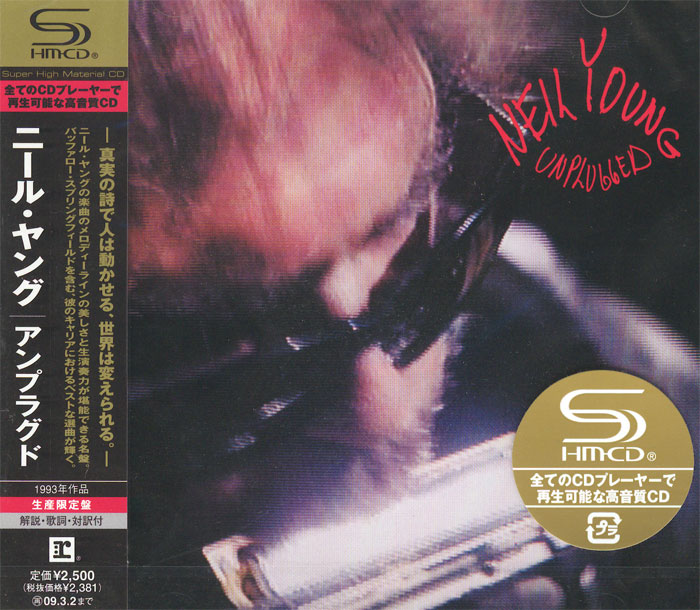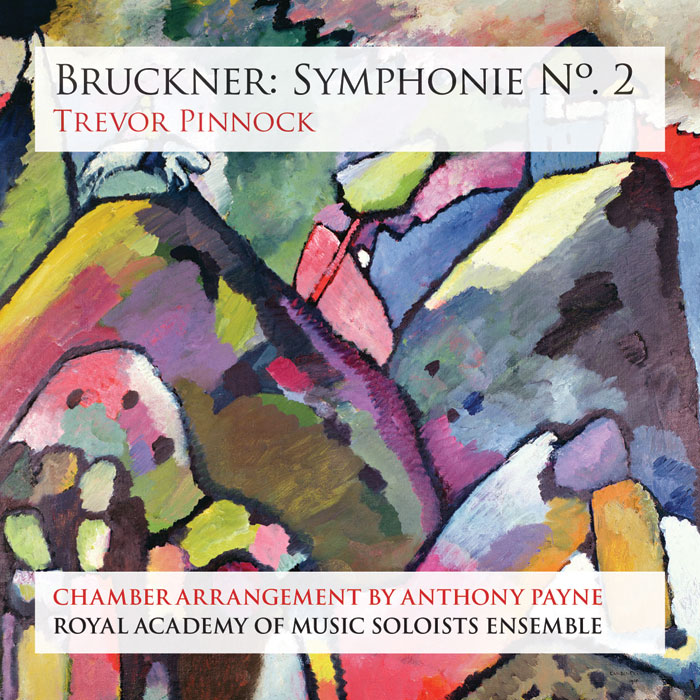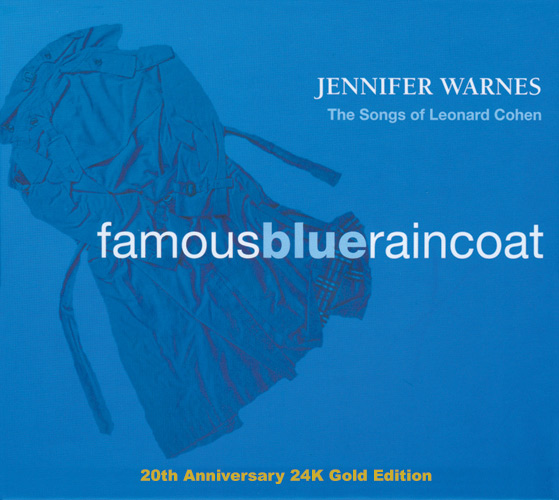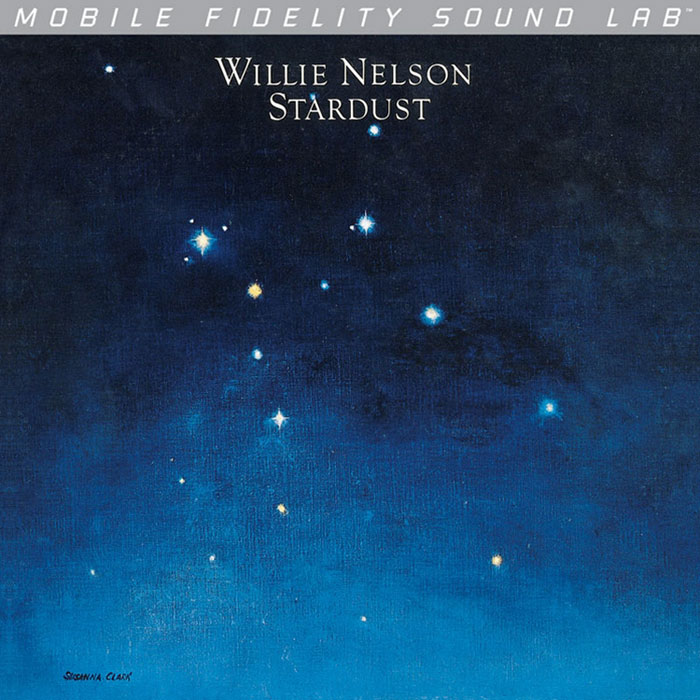Logowanie
Mikołaj - ten to ma gest!
Miles Davis, Horace Silver, Jay Jay Johnson, Percy Heath, Kenny Clarke, Lucky Thompson
Walkin'
20bit K2Super Coding - ale jak to brzmi!
Kasety magnetofonowe
Winylowy niezbędnik
ClearAudio
Double Matrix Professional - Sonic
najbardziej inteligentna i skuteczna pralka do płyt winylowych wszelkiego typu - całkowicie automatyczna
Neil Young
Unplugged
- 1. Old Laughing Lady
- 2. Mr. Soul
- 3. World on a String
- 4. Pocahontas
- 5. Stringman
- 6. Like a Hurricane
- 7. Needle and the Damage Done
- 8. Helpless
- 9. Harvest Moon
- 10. Transformer Man
- 11. Unknown Legend
- 12. Look Out For My Love
- 13. Long May You Run
- 14. From Hank to Hendrix
- Neil Young - vocals, guitar
AllMusic Review by William Ruhlmann [-]
Taped on February 7, 1993, and first broadcast on MTV on March 10, Neil Young's Unplugged appearance was released as a home video to coincide with the release of an audio CD version. This 73-minute tape ran seven minutes longer than the album, the extra time consisting of applause, guitar tuning, and a few scattered asides ("Aw, it's nothin', really," Young said, for example, after an audience member called out, "Thank you, Neil"). Young was anything but videogenic in his leather jacket, Harley Davidson T-shirt, jeans, and boots, sitting hunched over his guitar, often scowling as he turned his face, hooded with unruly, grey-flecked hair and partially covered by a week-old stubble, to the microphone. Yet his casual appearance and introspective demeanor served to focus attention on his music. And a 14-song set that on record seemed a random selection from across his career made more sense on video, as Young began with a series of early songs, accompanying himself on guitar and harmonica, then moving to keyboards and gradually bringing other musicians on-stage to augment the sound. The songs were wistful, midtempo reflections on stardom, love, and the passage of time. Some were familiar, including "Mr. Soul" and "Like a Hurricane," and were given new treatments; others were obscure or even previously unrecorded ("Stringman"). But all were melodic and inviting, especially the selections from Harvest Moon, including the title tune, which featured a broom as a percussion instrument. Unplugged was a low-key Neil Young performance that emphasized the consistency of his work over time and the repetition of certain lyrical themes and musical tendencies. If it avoided some of his best-known folk and country material, it did contain a few crowd-pleasers, and it brought up several forgotten tunes for reconsideration.

Płyty SHM-CD do odtworzenia we wszystkich typach czytników CD oraz DVD. Gwarantują niespotykaną wcześniej analogową jakość brzmienia, odwzorowują wszystkie walory taśmy-matki. Zdaniem specjalistów - ten nośnik i ta technologia najlepiej - bo natywnie, przenosi na krążek CD wszystkie walory nagrania analogowego.
